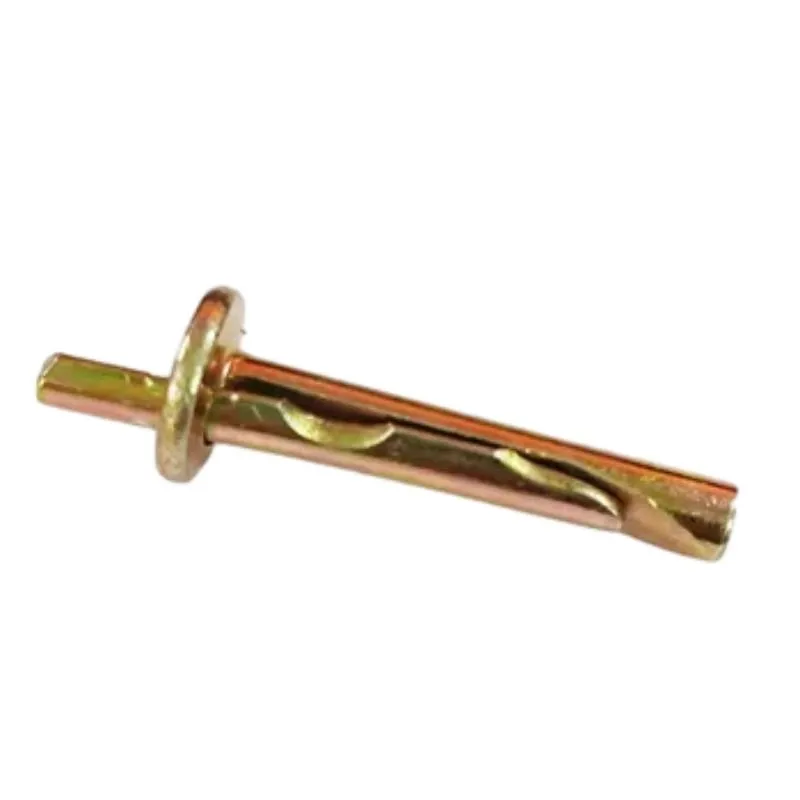Nov . 29, 2024 23:08 Back to list
bolt surface treatment
Understanding Bolt Surface Treatment Importance and Techniques
In the world of mechanical engineering, bolted connections play a vital role in ensuring the structural integrity of various assemblies. The performance and longevity of bolts, however, heavily depend on the treatment applied to their surfaces. Bolt surface treatment refers to the process of modifying the surface properties of a bolt to enhance its performance, durability, and resistance to environmental factors. This article explores the significance of bolt surface treatment, examines different techniques, and discusses their applications.
Importance of Bolt Surface Treatment
1. Corrosion Resistance One of the primary reasons for applying surface treatments to bolts is to increase their resistance to corrosion. In many industrial applications, bolts are exposed to harsh environments, including moisture, salt, and chemicals that can lead to rust and deterioration. Surface treatments such as zinc plating, galvanization, and anodizing create a protective barrier that prevents corrosion, significantly extending the lifespan of the bolts.
2. Friction and Wear Reduction Another critical factor is the reduction of friction and wear during the tightening and loosening of bolts. High-friction surfaces can lead to galling—a condition where materials adhere to each other causing surface damage. By using treatments like oil coating or specialized lubricants, manufacturers can reduce friction, making bolts easier to install and remove while ensuring a secure fit.
3. Aesthetic Appeal In some applications, especially in architectural and consumer products, the appearance of bolts is essential. Surface treatments like powder coating or painting can enhance the visual appeal of bolts, allowing them to blend seamlessly with the overall design of the product or structure.
4. Improved Load-Bearing Capacity Certain surface treatments can enhance the tensile strength and load-bearing capacity of bolts. Heat treatment processes, for example, alter the microstructure of the steel, resulting in increased strength and resistance to deformation under load.
Techniques for Bolt Surface Treatment
bolt surface treatment

There are several techniques used to treat the surfaces of bolts, each offering distinct advantages
1. Electroplating This involves depositing a layer of metal (such as zinc or nickel) onto the bolt's surface through an electrochemical process. Electroplated bolts benefit from excellent corrosion resistance, making them suitable for outdoor and marine applications.
2. Hot-Dip Galvanizing In this process, bolts are immersed in molten zinc, providing a thick and robust coating that protects against corrosion. This method is particularly effective for large-scale construction projects where long-term durability is crucial.
3. Phosphate Coating This treatment involves treating the bolt's surface with a phosphoric acid solution, which creates a layer of iron phosphate. This layer improves corrosion resistance and serves as a good base for subsequent painting or lubrication.
4. Anodizing Primarily used for aluminum bolts, anodizing increases corrosion resistance and surface hardness. The process creates a thick oxide layer that not only protects the metal but can also be dyed for aesthetic purposes.
5. Mechanical Plating This method uses mechanical forces to apply a coating to the bolt's surface. It can provide uniform thickness and is environmentally friendly, as it does not involve toxic chemicals.
Conclusion
Bolt surface treatment is an essential aspect of engineering that significantly affects the performance, longevity, and reliability of bolted connections. By understanding the various techniques available and their respective benefits, manufacturers can select the most suitable treatment for their applications. As industries continue to evolve and demand innovative solutions, the importance of bolt surface treatments will only continue to grow, ensuring the safety and integrity of structures and machines around us.


